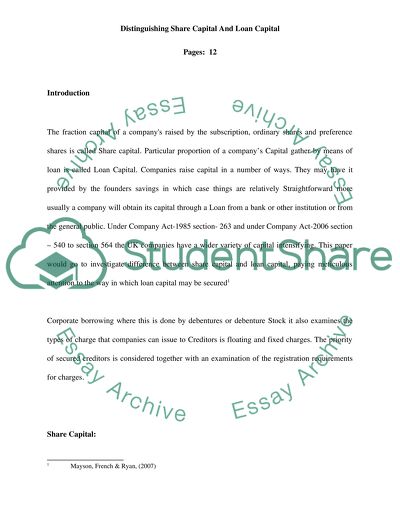Cite this document
(Distinguishing Share Capital and Loan Capital Coursework Example | Topics and Well Written Essays - 3250 words, n.d.)
Distinguishing Share Capital and Loan Capital Coursework Example | Topics and Well Written Essays - 3250 words. https://studentshare.org/finance-accounting/1513628-distinguishing-share-capital-and-loan-capital
Distinguishing Share Capital and Loan Capital Coursework Example | Topics and Well Written Essays - 3250 words. https://studentshare.org/finance-accounting/1513628-distinguishing-share-capital-and-loan-capital
(Distinguishing Share Capital and Loan Capital Coursework Example | Topics and Well Written Essays - 3250 Words)
Distinguishing Share Capital and Loan Capital Coursework Example | Topics and Well Written Essays - 3250 Words. https://studentshare.org/finance-accounting/1513628-distinguishing-share-capital-and-loan-capital.
Distinguishing Share Capital and Loan Capital Coursework Example | Topics and Well Written Essays - 3250 Words. https://studentshare.org/finance-accounting/1513628-distinguishing-share-capital-and-loan-capital.
“Distinguishing Share Capital and Loan Capital Coursework Example | Topics and Well Written Essays - 3250 Words”. https://studentshare.org/finance-accounting/1513628-distinguishing-share-capital-and-loan-capital.


